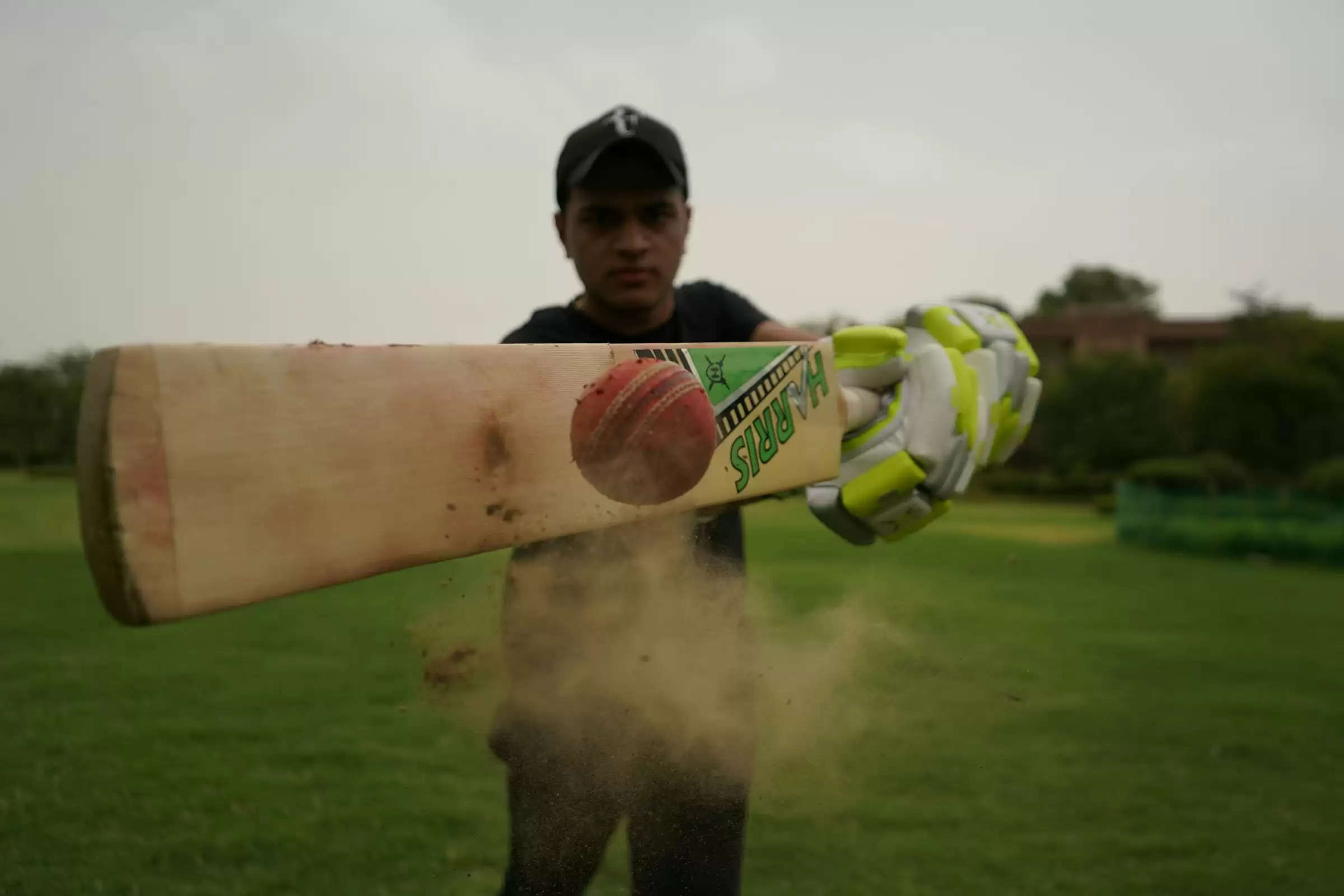How Cricket Bats Evolved Over The Years

Cricket, often dubbed as a gentleman's game, has undergone significant transformations over the years, not only in terms of rules and regulations but also in the equipment used. Among these, cricket bats stand out as an essential component that has seen remarkable evolution.
From humble beginnings to the modern-day marvels, the journey of cricket bats reflects the sport's adaptability and innovation.
The Traditional Beginnings
In the early days of cricket, bats were carved out of willow wood, featuring a simple, flat design. These bats were handmade, often by the players themselves, and lacked the refinement and precision of today's counterparts. With a relatively small sweet spot and limited power, batting required skill and finesse rather than brute force.
The Dawn of Change
As cricket gained popularity and professionalism set in, bats began to undergo modifications. The introduction of industrial manufacturing techniques allowed for greater consistency and quality in bat production. Players started experimenting with different shapes and sizes, aiming to improve performance and durability on the field.
The Rise of the Big Hitters
One of the most significant shifts in cricket bat design came with the emergence of power-hitting in the sport. Players like Sir Vivian Richards and Sir Ian Botham showcased the potential to clear boundaries with ease, prompting manufacturers to innovate.
The introduction of larger, thicker bats with extended sweet spots revolutionized batting techniques, enabling batsmen to score runs more aggressively.
Technology Meets Tradition
In recent years, advancements in materials and manufacturing processes have pushed the boundaries of cricket bat design even further. High-tech materials such as carbon fiber and composite materials have been integrated into bat construction, offering enhanced power, durability, and maneuverability.
Additionally, computer-aided design (CAD) and precision engineering have allowed for more intricate shaping and weight distribution, catering to the specific needs and preferences of individual players.
The Debate on Batting Dominance
While modern cricket bats have undoubtedly enhanced batting prowess, they have also sparked debates regarding the balance between bat and ball in the game. Critics argue that the increasing dominance of batsmen, coupled with flat pitches and shorter boundaries, has tilted the scales in favor of batting, diminishing the challenge for bowlers.
This imbalance has led to discussions within the cricketing community about potential regulations to level the playing field.
Future Prospects and Challenges
Looking ahead, the evolution of cricket bats shows no signs of slowing down. Innovations in materials, design, and technology will continue to shape the future of bat manufacturing, offering new opportunities and challenges for players, coaches, and administrators alike.
As the sport evolves, finding the right balance between tradition and innovation will be crucial in preserving the essence of cricket while embracing progress.
The evolution of cricket bats mirrors the ever-changing nature of the game, reflecting a constant quest for improvement and adaptation. From the simple willow bats of yesteryears to the cutting-edge marvels of today, each innovation has left an indelible mark on the sport, influencing the way it is played and perceived.
As cricket continues to evolve, one thing remains certain: the humble cricket bat will always be at the forefront of innovation, driving the game forward into new and exciting territories.
.jpg)
